
A Trip to North Korea
North Korea, or the Democratic People’s Republic of Korea, as the officials there you want you to call it, is not as closed as you might think. For a few years now, Pyongyang’s regime allows tourists groups to enter the country. Getting there from Asia is not complicated. As long as you follow their rules, and are part of a group, you will be able to grasp a furtive outlook of the most recluse country on earth.
The following photo-story has been made possible thanks to a trip I made in May 2016, while I was finishing my year abroad in Hong Kong. I flew from Hong Kong to Shanghai, then flew again from Shanghai to Shenyang, before taking the train from Shenyang to Dandong, a northern Chinese city neighbouring the DPRK. From there, we took the train directly to Pyongyang.
Probably the most touristic place in Dandong. The two flags symbolise the proximity of the two countries. The river ahead is the geographical separation between China and the DPRK. If you do not have the permission to travel to the DPRK, you can still take photos from afar of seems to be a North Korean factory.
A proud tall statue of Mao is what welcomes you directly when you arrive in Dandong. The city is well known in China as its proximity to the DPRK brings hundreds of Chinese tourists throughout the year.
First contact with Pyongyang’s street life. Not as dull as you might imagine. Loads of people were out walking, and it was even possible to discern smiles on their faces. Everybody there is wearing a red pin of one or both of their great leaders – Kim Il Sung and Kim Jong Il.
Welcome to Pyongyang. After spending hours in a crammed Chinese train, you are finally able to breathe some North Korean fresh air. The people who got off the train were not only Chinese, but also North Korean businessmen.
Probably made famous by a YellowKorner photograph, these policemen and women can be found at every crossroad managing a somewhat nonexistent traffic.
While barber shops and other types of boutiques can be found alongside the pavement, it seemed like electricity could not be turned on before a certain hour in the day, when daylight is not sufficient anymore to work.
Who said happiness was impossible in the DPRK ?
A replica of a ballistic atomic missile, standing in the centre of the new sciences and technology centre in Pyongyang. Pupils, students and teachers come here to browse the North Korean intranet and study numerous different scientific subjects. Today the DPRK is aiming at bringing their level of scientific innovation forward, hoping to gain the upper hand in international scientific research.
The view from the International hotel of Pyongyang, situated on a island. The buildings on the right are quite recent, but their lights are dimmed after a certain hour in the night to save electricity.
Pyongyang’s tube. A colourful and busy station, decorated with murals praising the North Koran people and their leaders.
Peak hours are definitely the same concept worldwide. We were allowed to board one of those packed trains for a journey of a few stations. Needless to say that this was the closest we got to North Koreans themselves, who looked frankly startled to have a close encounter with some Westerners.
On the list of DPRK’s compulsory visits, the people’s Party’s Founding Monument. The monument represents a hammer, a brush and a sickle, symbols of the Workers’ Party of Korea and Juche ideas. These three attributes represent respectively the worker, the intellectual and the peasant.
We then moved from Pyongyang to head south of the country. At the outset of Pyongyang, a statue of two women holding a reunified Korea, a dear idea for the DPRK.
For the second part of our journey in North Korea, we headed to Kaesong, a neighbouring city to the De-Militarised Zone. Not as modern as Pyongyang’s hotel, it was built to welcome large amounts of tourists.
Morning squatting for this local Korean, as we were en route to the DMZ.
As people in the DPRK cannot all afford a car, bicycles are preferred to commute. Here a grandfather and his grandson sharing the same bicycle.
The inner concrete gate leading to the North Korean side of the De-Militarised Zone. The side reads something like “Imminent reunification”.
The UN barracks with North Korean soldiers guarding. According to members of our tour group, the military capacities deployed on the North Korean side were way less important than in the South side. While we were not allowed to the soldiers, an officer who happened to be our guide for the DMZ, told us that they were definitely not stressed about a potential military standoff with the South.
When East meets West. On the left two North Korean soldiers, on the right two Australian tourists.
Approaching a farmers village, it is possible to witness propaganda posters aligned on the hills to keep the workforce motivated.
After leaving the DMZ, we headed back to Pyongyang by bus. The North Korean scenery is truly hypnotising : massive spreads of untouched lands and workers by foot scattered among them.
A farmers village renovated under the auspices of Kim Jong Il, who decided after inspection of the place, that in order to uphold the farmers productivity, it was necessary to concentrate their household in one place…
… while concentrating the rice fields next to it. Rice plantations like this one are more than common in the DPRK. If you are lucky enough, the tour guides will bring you directly in the rice field and let you have a first hand try at what it is like to harvest rice, which we did.
Finally back to Pyongyang, we visited the Korean War museum. A proud statue commemorating the North Korean soldiers who fought the war stand in the foreground, while the unfinished Ryuyong hotel stands in the background.
Streets in Pyongyang are the preferred place to erect propaganda posters praising the greatness of the DPRK, its people, its party.
A classy old North Korean resting.
The interior of the Grand People Study House, a gigantic library in the heart of Pyongyang. We had the opportunity to engage a discussion with students who just ended an English language lesson.
Inside the Mangyongdae Children’s Palace, where children come to learn a music instrument, how to sing, or any extra curricular activity. Here the children were giving a musical show to their parents.
Far from expectations, Pyongyang also has an amusement park.
To end our trip, we asked the tour guides if we could visit a church, as people are allegedly allowed to follow any religion they want. While the church was not open to the public we still had the opportunity to visit it, but it seemed so modern that we had a hard time figuring if people actually go there.



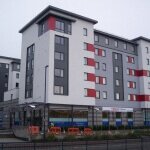

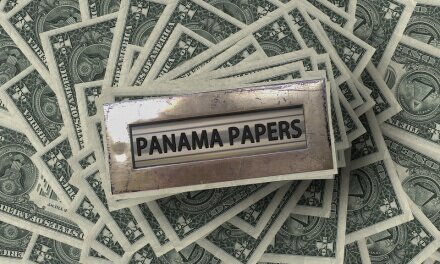
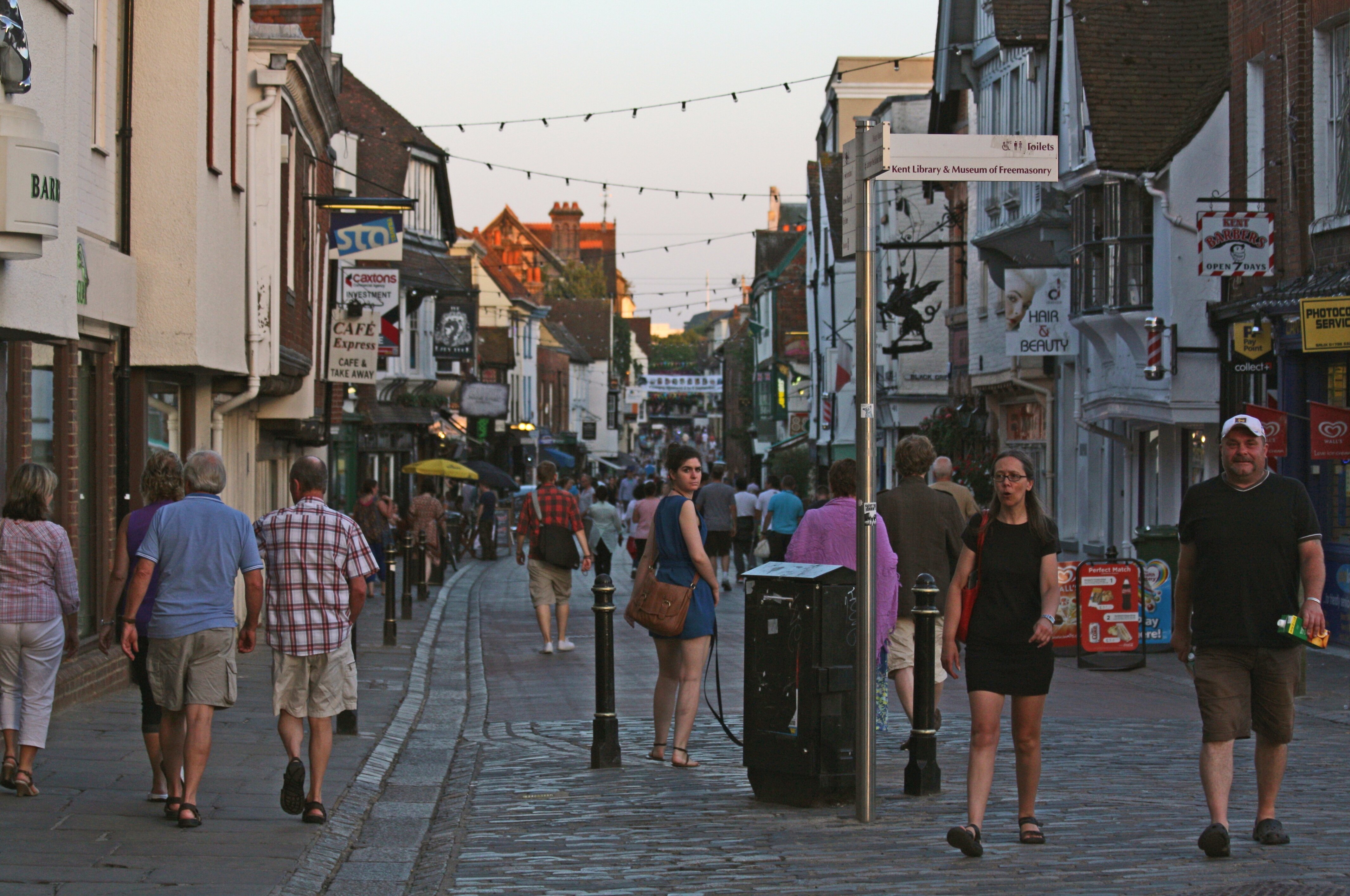
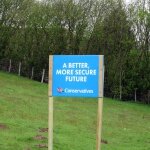
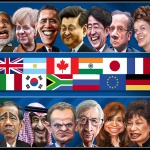

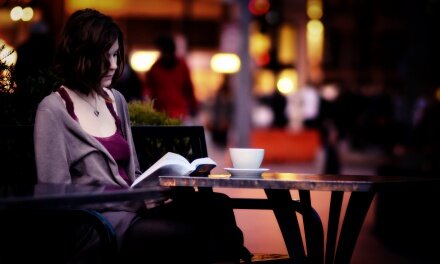

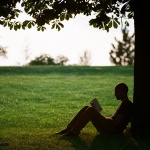
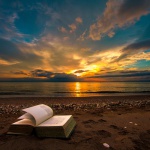
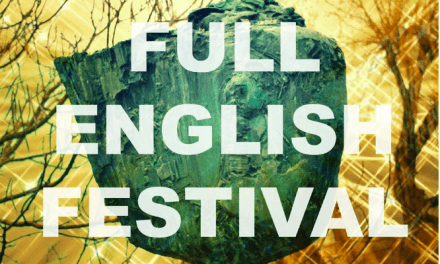


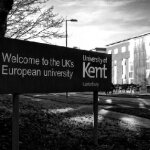

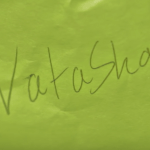

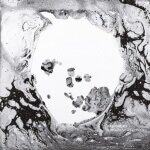
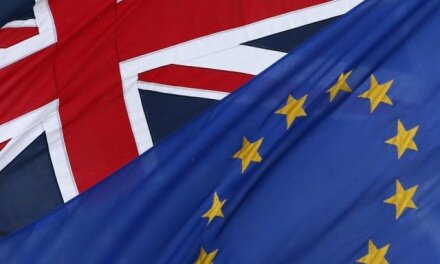
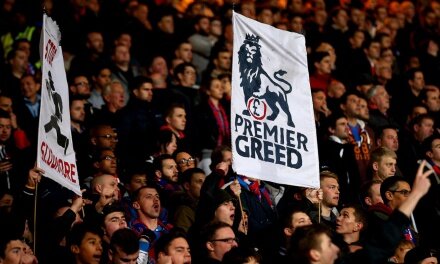
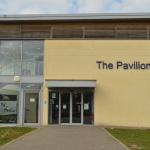
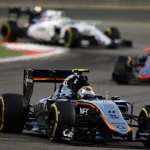
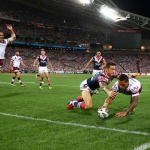


Discussions